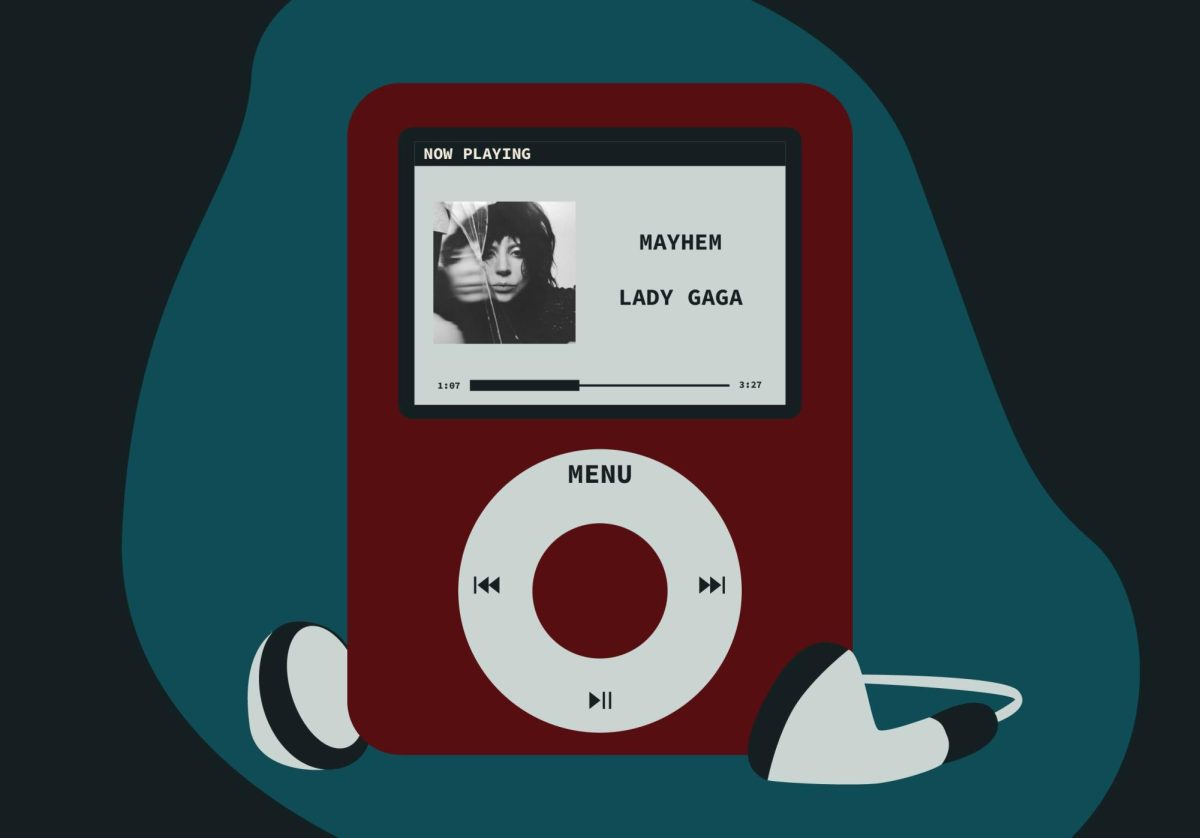A person can tolerate only so much noise and only so much pop. When taken in doses too large, both styles become mind-numbing.
Although Sonic Youth gets credit for pioneering the artsy, post-punk avant-garde sound (translation: hella feedback), the group always has had a love affair with pop culture and a specific obsession with Madonna.
This romance blossomed into a Sonic Youth side project called Ciccone Youth, taking Madonna’s surname and combining it with its own. Madonna’s “Burnin’ Up” and “Into the Groove” (renamed “Into the Groove(y)”) are warped and distorted covers on the 1988 record “The Whitey Album.”
Sonic Youth began in 1981 and Madonna released her first single, “Everybody,” in 1982. More than 20 years later, both artists have stuck around: Madonna released a new record at the end of last year and Sonic Youth has a record coming out in June.
“The Whitey Album” is a peek at both artists early in their careers, but their continual presence in art and pop make “Into the Groove(y)” more than simply a forgotten novelty song. Moore’s lazy, monotone vocals singing “boy, you’ve got to prove your love to me” clash with Madonna’s own voice fading in and out of the mix.
The album finds Sonic Youth (with a little help from Mike Watt and J Mascis) exploring its two sides in a more extreme way than on any other album. Here, the pop and avant-garde don’t merge as they do on more conventional Sonic Youth songs such as “Sugar Kane;” instead, the opposing styles butt heads.
For several years now Geffen has been reissuing Sonic Youth albums, but these reissues have focused on renowned albums such as “Daydream Nation” and “Goo.” This new batch of reissues gets away from the classics and resurfaces the forgotten – which includes the band’s self-titled debut EP, guitarist Thurston Moore’s solo “Psychic Hearts” and, of course, “The Whitey Album.”
The EP and “Psychic Hearts” are fine for anyone who really, really loves Sonic Youth. But there’s not much to say about them. The EP just sounds like a younger, trashier Sonic Youth.
Moore’s record, though, takes on the band’s more beautiful elements.
“The Whitey Album” is the most experimental and surprising Sonic Youth album, which is perhaps why the group recorded it under a different name.
Sonic Youth has been a big proponent of experimental noise, even recording an album, “Goodbye 20th Century,” covering avant-garde composers. But these ventures into the free-form never have sounded as brilliant as when juxtaposed against Madonna on “The Whitey Album.”
Another highlight of the album is the cover of Robert Palmer’s “Addicted to Love”
in which Kim Gordon sings over what sounds like just a karaoke version of the song. Only Sonic Youth could have a Palmer song and a John Cage-ish track of pure silence on the same record.
When these styles clash, neither is taken seriously. It sounds as if Sonic Youth is mocking the pop as well as the post-punk it’s known for.
True love and bitter irony converse on “The Whitey Album.” Although this is not the band’s quintessential work, it’s a side of the band that never was explored again – which is too bad.
“The Whitey Album” mixes low and high culture, disco and punk – things which aren’t supposed to go together. Recent underground and pop have had a closer relationship, but the lesson here is that Ciccone Youth was ahead of its time. “The Whitey Album” actually is a reissue with relevance.







